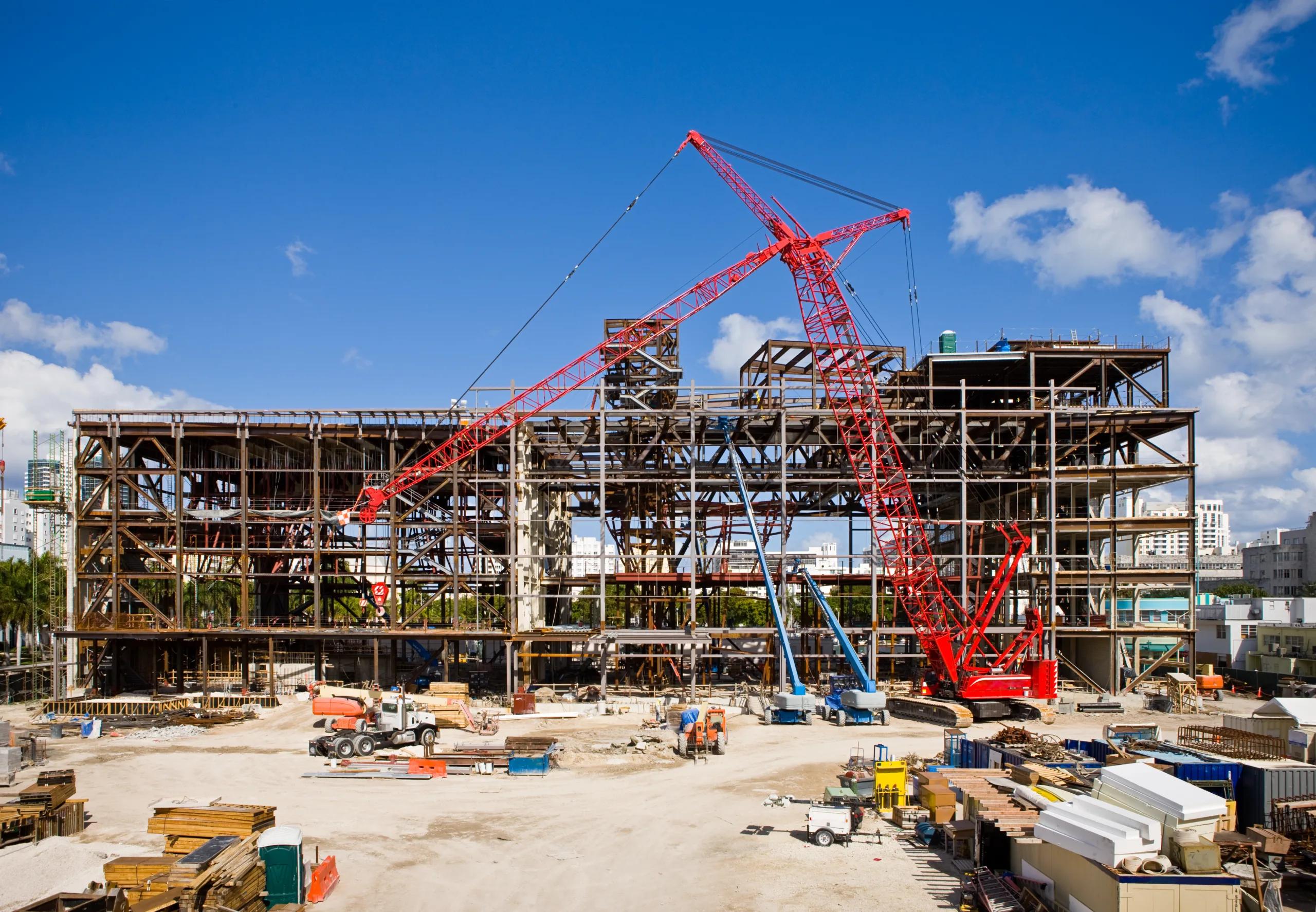Tackling the Challenges of Unprepared Ground on Construction Sites

Construction sites are rarely predictable. While plans may be meticulously drawn up, the reality often involves dealing with unprepared ground, unpredictable weather, and a constant influx of foot traffic. For areas like ramps, decks, grass, and jobsite trailers, maintaining safe and functional surfaces can be a daunting challenge.
One effective solution to this ongoing issue is the strategic use of temporary floor covering.
Why Unprepared Ground is a Hidden Hazard
Features That Make a Difference
Effective temporary coverings for loose and unprepared ground must meet several criteria:
- Durability: Withstand heavy foot traffic and occasional equipment loads.
- Slip Resistance: Maintain safe walking conditions in both wet and dry weather.
- Drainage: Allow water and debris to pass through, preventing puddling and mud buildup.
- Ease of Maintenance: Simple to clean, often with a power washer.
Versatile Applications on Site
- Muddy construction pathways
- Newly sodded or grassy areas
- Job trailer decks and entryways
- Temporary ramps and stairs
- Event staging grounds during project launches
Addressing unprepared ground with the proper materials is a proactive step toward ensuring the smooth operation of any construction project. Reliable temporary floor covering solutions not only protect the site itself but also foster a safer, more professional working environment from start to finish.
